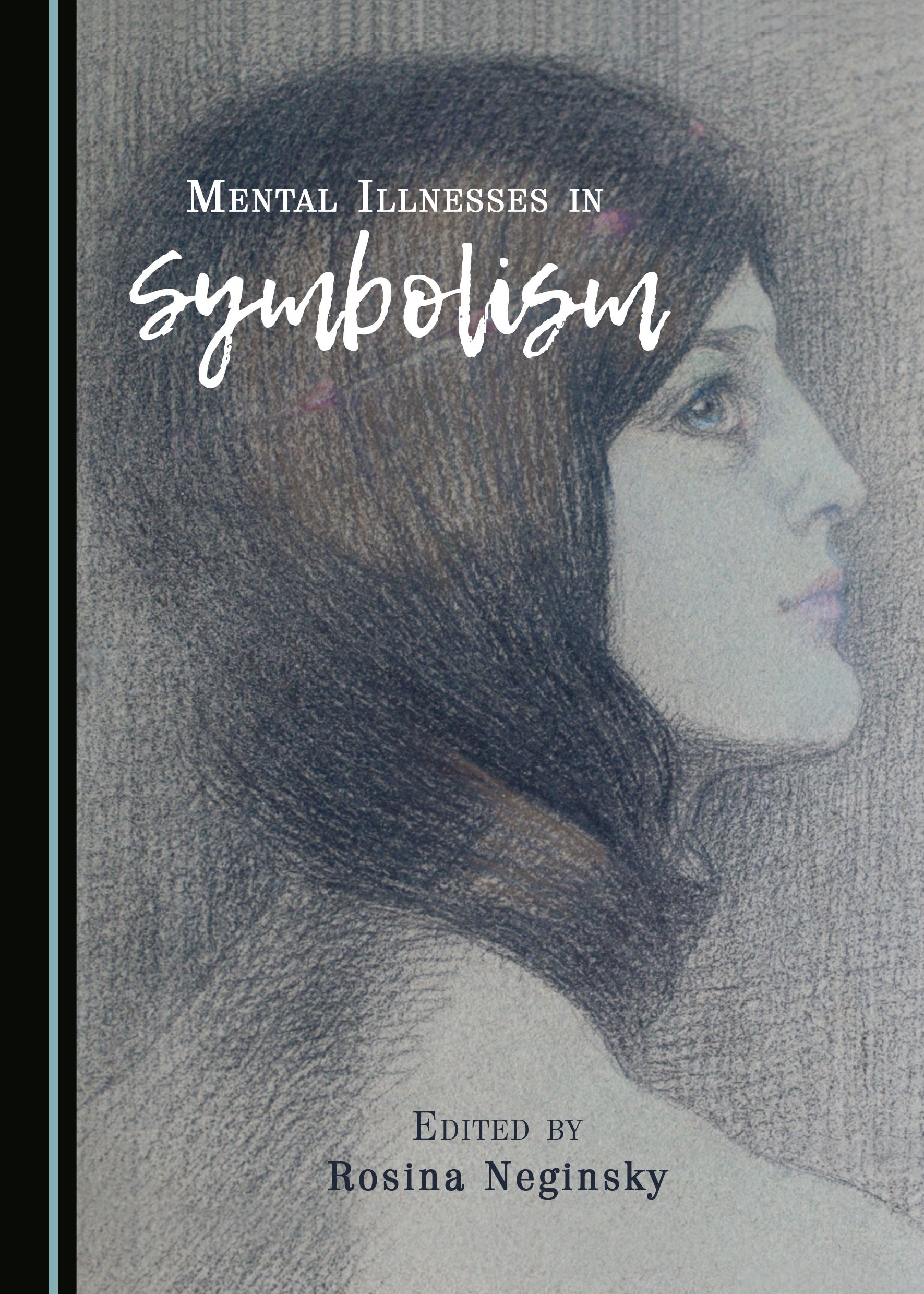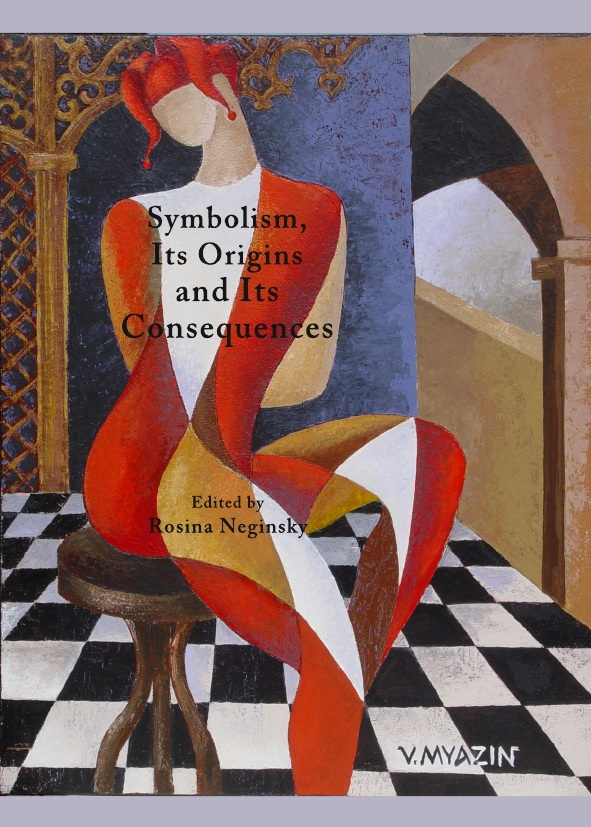Art, Literature and Music in Symbolism, Its Origins and Its Consequences
Jean-Martin Charcot (1825-1893). was a medical doctor who was especially interested in neurology and made a considerable contribution to this field. Modern psychiatry owes him a great deal. While studying neurology Charcot realized that neurology is closely connected to psychology. He was the one who was the first to state the importance of studying the subconscious. He perceived neurological disorders and mental illness, as a kind of invisible pathologies that inhabit the human unconsciousness and manifest themselves at the time of psychological traumas. Charcot was also a discoverer of hypnosis, which was not used before him as a treatment.
Mental pathologies that lay invisible within the human psyche became the center of attention of Charcot's studies. He was interested in dreams, nightmares, hallucinations, madness and obsessions because he believed they were linked to the secrets of the unconscious and that studying them was a way to unlock it. Freud, who invented the psychoanalysis, the study of the unconscious, was Charcot's student.
Following Charcot's interest in the study of the invisible world of the human psyche, works of art and literature began to search for ways to represent the subconscious. The second part of the 19th beginning of the 20th centuries international and interdisciplinary movement of Symbolism was especially representative of these attempts. The artists, writers and poets who were the part of that movement believed in the idea of suggestion, in the ability not to describe but to evoke. Hence they began to look for ways through language and through artistic representations to evoke the subconscious. Attempting to discover and to understand, and to depict a subconscious was one of the ways to go beyond conscious human experience, which was appealing for Symbolist artists, poets and writers.
Describing in literary works and representing in art different manifestations of mental illnesses or mental disturbances starting with nightmares and dreams and going as far as the manifestations of paranoia and other serious mental troubles was one of the ways to depict the mysterious world of the subconscious. Redon was one of the artists who endeavored to find a pictorial language to represent it. Huysmans in his novel Against Nature created a character, Des Esseintes, an aesthete from aristocratic family in the process of degeneration, who makes all kinds of psychological experimentations first with himself and then with others. Fedor Sologub 's character Peredonov, in his novel the Petit Demon, suffers from paranoia through which we as readers can have a glimpse into his subconscious. It is possible to cite many more literary works and works of art, in which principal characters are victims of various mental disturbances.
For this issue of the journal I invite you to submit articles which would examine mental disturbances described in literature and depicted in art in the second part of the 19th and early 20th centuries, and to inquire into the connection between those visual and verbal representations and the Symbolist movement.
Rosina Neginsky is an Associate Professor of Interdisciplinary Studies, Comparative Literature and Art History at the University of Illinois at Springfield. She is the author of the books, Salome: The Image of a Woman Who Never Was (2013), Zinaida Vengerova: In Search of Beauty. A Literary Ambassador between East and West (2006), as well as the author of numerous articles on Russian and European artists, poets and writers. She is particularly interested in pictorial and ekphratic representations in literature in the second part of the 19th century.
She is a president and a founder of an international interdisciplinary organization Art, Literature, Music in Symbolism and Decadence (ALMSD). In the frame of this organization she organized two international conferences, and as a follow up of these conferences, published one volume of the conference papers, Symbolism, Its Origins and Its Consequences, and is in the process of preparing the second volume, Light and Darkness in Symbolist Movement.
Rosina Neginsky is also a poet and authored three books of poetry, Dancing Over the Precipice, Under the Light of the Moon (2002), and Juggler (2009). She is a recipient of a number of awards from National Endowment for Humanities and IREX, and a recipient of the University Scholar Award, the most prestigious University of Illinois award which celebrates intellectual and creative achievements of the University of Illinois faculty.













